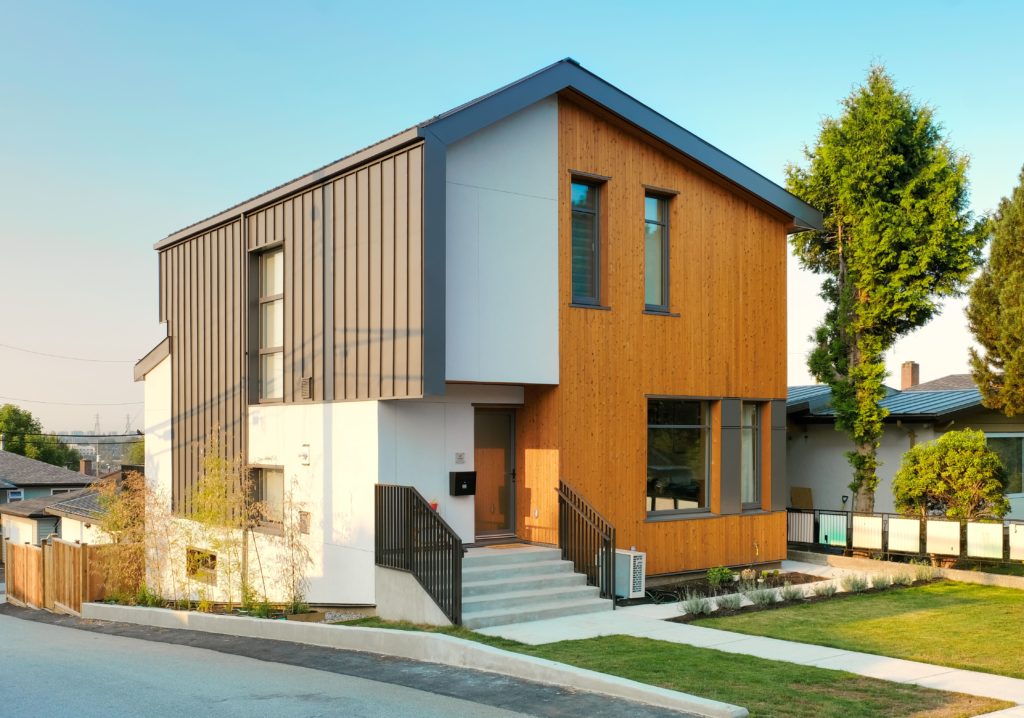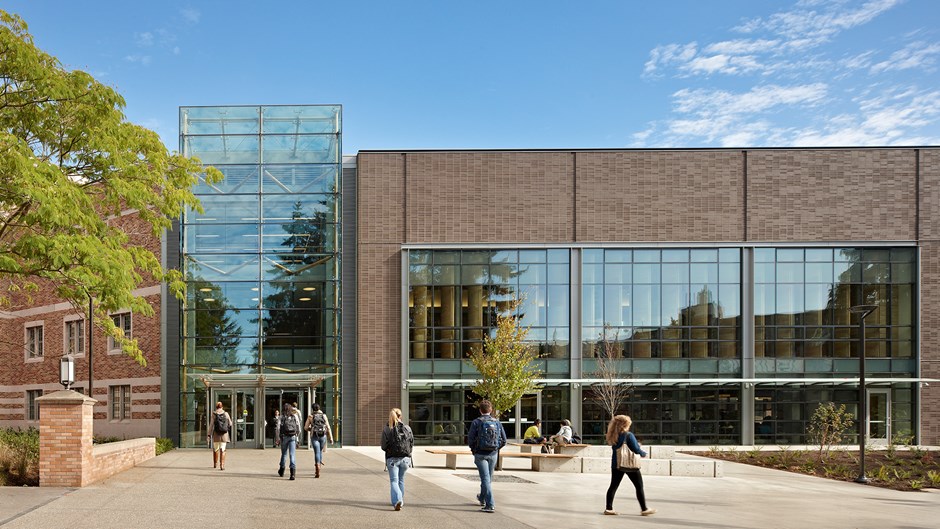More than ever, focus is shifting towards environmentally conscious living, especially in the realm of construction. Understanding eco-friendly construction strategies is essential for homeowners and real estate developers keen on making sustainable choices. By reducing environmental impact, these strategies not only benefit the planet but also promise long-term savings. Leveraging these strategies can set you apart in a world where consumers increasingly demand sustainable practices.

The Significance of Eco-Friendly Construction
The adoption of eco-friendly construction strategies is vital for reducing carbon footprints, conserving resources, and promoting sustainable development. This signifies a commitment to the planet and future generations. With rising demands for green practices, firms aligning with these strategies are poised for success.
Sustainable Materials for Green Building
Choosing sustainable materials is foundational to eco-friendly construction. Materials like bamboo, reclaimed wood, and recycled metal are excellent choices. These materials ensure durability while reducing waste and energy consumption during production. By opting for such materials, builders honor both the earth and architectural beauty.
Bamboo: The Versatile Green Material
Bamboo is a renewable resource, with a rapid growth cycle and strong carbon absorption capability. It’s making waves as a top choice for eco-friendly construction strategies. Its versatility in design and functional application makes it ideal for flooring, walls, and dcor.
Reclaimed Wood: Giving Trees a Second Life
Reclaimed wood not only adds a unique aesthetic but also reduces the need for new timber harvests. Using this wood preserves forests and showcases the beauty of aged materials. It’s perfect for flooring, furniture, and intricate woodwork.
Energy Efficiency in Eco-Friendly Construction
Energy efficiency is at the core of green building practices. By focusing on energy conservation, developers can significantly reduce the operational costs of buildings. Solar panels, energy-efficient lighting, and smart thermostats are crucial components. To understand more, refer to this green construction guide.
Harnessing Solar Power
Solar panels have become symbols of energy sustainability. They produce renewable energy from the sun, decreasing reliance on fossil fuels and cutting electricity bills. Their implementation is a clear manifestation of effective eco-friendly construction strategies.
Smart Home Technologies
Incorporating smart home technologies can optimize energy use. Smart thermostats, lighting systems, and energy management software allow users to track and adjust energy usage, ensuring minimal waste.
Water Conservation: Smart Usage
Reducing water consumption is another pillar of sustainable construction. Water-efficient appliances, rainwater harvesting systems, and native landscaping contribute to conservation efforts. These practices not only safeguard valuable water resources but also reduce utility expenses.
Rainwater Harvesting Systems
A key strategy in conserving water, rainwater harvesting systems collect and store rainwater for non-potable uses. These systems significantly reduce water demand and are particularly useful in areas with water scarcity.
Efficient Plumbing and Fixtures
Advanced plumbing fixtures ensure optimal water usage without compromising on performance. Low-flow toilets and flow-restricting faucets are small changes that make a big difference in conserving water.
Eco-Friendly Building Design
Building designs that maximize natural light and ventilation can create healthier and more cost-efficient living spaces. Passive solar design, which utilizes the suns energy for heating and cooling, reduces the dependency on artificial systems.
Biophilic Design: Nature’s Blueprint
Biophilic design integrates natural elements into building environments. Through the use of natural lighting, vegetation, and natural materials, this design philosophy enhances well-being and productivity.
Integrating Natural Ventilation
Natural ventilation reduces reliance on mechanical cooling and heating systems. Proper placement of windows, vents, and open spaces allows for airflow that maintains comfortable temperatures naturally.
The Role of Certifications
Certifications like LEED (Leadership in Energy and Environmental Design) validate a building’s sustainability. Achieving such certifications can enhance a propertys value and appeal. For more, visit the U.S. Green Building Council.
The Importance of LEED Certification
LEED Certification is globally recognized and ensures high standards for sustainable buildings. It provides a framework for creating healthy, highly efficient, and cost-saving green buildings.
Other Essential Certifications
Besides LEED, certifications like BREEAM, WELL, and Green Star are valuable. These ensure adherence to stringent environmental standards, adding credibility and trust to a construction project.
Future Trends in Eco-Friendly Construction
Innovation continues to drive eco-friendly construction forward. Emerging trends like green roofs, energy storage systems, and sustainable urban planning are shaping the future. As developers embrace these, they lead the charge towards a more sustainable and prosperous world.
Rising Popularity of Green Roofs
Green roofs offer insulation, reduce stormwater runoff, and provide urban wildlife habitats. They symbolize the union of architecture with ecology, enhancing both function and appearance.
Advanced Energy Storage Solutions
As renewable energy generation grows, effective storage solutions become vital. Battery technologies and grid storage systems ensure renewable energy is available when needed, fortifying energy resilience.
Financial Benefits of Going Green
Evidently, sustainability is not merely an environmental initiative but also a financial strategy. Reduced utility bills, government incentives, and increased property values underscore the economic benefits of eco-friendly construction strategies.
Incentives and Financial Support
Various government incentives and rebates encourage green building practices. These financial aids make eco-friendly projects more feasible and attractive to investors.
Long-Term Cost Savings
While initial investments might be higher, eco-friendly buildings offer substantial savings over time. Energy efficiency reduces operational costs, and sustainable materials decrease maintenance requirements.
Conclusion: The Path Ahead
Adopting eco-friendly construction strategies extends beyond ethical considerations to meaningful societal impact. As more individuals and companies recognize their benefits, these strategies are set to become mainstream, setting a standard for future constructions. For those eager to delve deeper, this eco-friendly construction trends guide offers comprehensive insights.

FAQ Section
What are some key components of eco-friendly construction strategies?
Key components include using sustainable materials, implementing energy-efficient systems, conserving water, and incorporating natural elements into design.
Why is bamboo a preferred material for green building?
Bamboo is preferred because it is rapidly renewable, absorbs carbon efficiently, and is versatile for various architectural and design purposes.
How can certifications impact a property’s value?
Green certifications like LEED enhance a property’s value by showcasing its environmental stewardship, health benefits, and energy efficiency, making it more attractive to eco-conscious buyers.
This article contains affiliate links. We may earn a commission at no extra cost to you.




